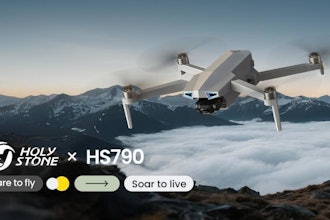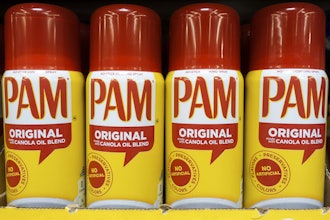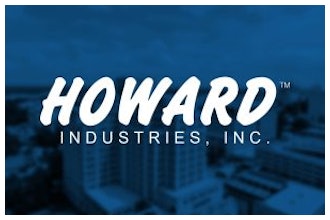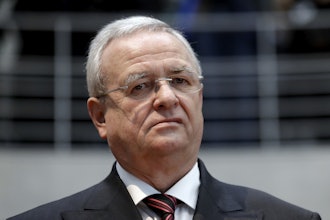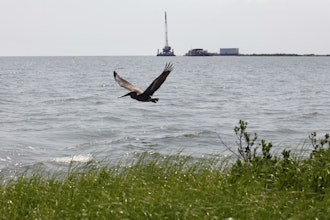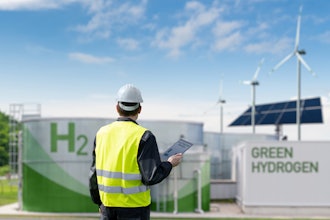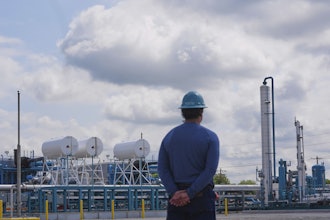To most industrial operations, compressed air is a vital utility. It runs essential tools and machinery, provides power to material handling systems and clean air to processes. Yet choosing the right compressor can be difficult, especially given new technological developments, and concerns about steady pressure, maintenance, and electrical power.
The cost and dependability of compressed air can have a tremendous impact on production budgets and processes. Surprisingly, compressed-air costs are most often considered in terms of equipment. Yet energy consumption can represent up to 70% of the total cost of producing compressed air, so selecting an energy-efficient air system has become critical. Other factors to consider include reliability, productivity, systems support, automated features and noise.
Any evaluation about air-compressor selection will be based on a study of available technologies and existing equipment. In some instances, such as when there is continuous demand at full load, a fixed-speed, rotary-screw compressor may be the best solution. When the base load varies with an additional load, it might be best to consider supporting the base load with fixed-flow compressors and adding a unit with a variable speed drive (VSD) as a "trim" device to carry the variation in the load.
Although there are conditions that require fixed-drive air systems, their benefits may be limited. For example, a fixed-speed compressor running with modulation control still consumes about 70% of full-load electrical power, which translates into substantial electrical costs with no benefit. A fixed-speed compressor operating under dual control (stop/start or on-line/off-line mode) will use only 25% of full-load electrical power, offering some energy savings. In addition, rotary-screw compressors with fixed-speed drives can stop and start only a limited number of times and they can impede usage of pneumatic torque wrenches when air pressure changes. With fixed-drive rotary screw compressors, there is a 10-15 psig. swing built into the controls.
Since many applications do not have a consistent demand for air, a VSD system may be the better choice. An inherent advantage of a VSD-equipped compressor is the ability to start and stop the compressor as often as desired. Unlike fixed-drive systems, VSD systems are "soft starting," and incur the lowest inrush current requirement. This enables unlimited starts and stops of the motor. VSD systems can meet the changing demand "on the fly," plus offer many other cost and quality benefits, depending on the system design and use. Many commercial and industrial compressed-air users are improving air-system energy efficiency, reducing maintenance costs and lowering noise levels with rotary-screw compressors incorporating VSDs.
Electric motors equipped with VSDs have been around for some time. The principal of variable frequency control is accurately measuring the actual air main pressure with a pressure transducer so the volume of compressed air generated varies, thus achieving a preset final pressure. Sensors provide operational data to the Sigma Control system, controlling pressure to +/- 1.5 psig. Traditional VSD applications include fluid pumps, HVAC, conveyor systems, and positive-displacement rotary-lobe blowers. Only recently have they been applied to rotary-screw air compressors. Kaeser Compressors, Inc., Fredricksburg, VA, has advanced VSD technology with its proprietary VSD known as Sigma Frequency Control (SFC). Kaeser SFC rotary screw compressors can typically save users up to 35% on electricity in situations where they have variable loads. These drive systems help stabilize plant air pressure, thereby enhancing quality in the plant. With a VSD compressor, the swing is only 1-2 psig., which can make a substantial difference in product quality.
In applications with a variable compressed-air demand, drives may run in idle for long periods to avoid overheating caused by frequent restarts. However, compressors equipped with VSDs are better able to match their variable-demand requirements, without a compressor motor to "rest" in the energy-consuming idle mode as required by a fixed-speed compressor.
An inherent advantage of a VSD-equipped compressor is the ability to start and stop the compressor as often as desired. Unlike fixed-drive systems, VSD systems are "soft starting," and incur the lowest inrush current requirement. This enables unlimited starts and stops of the motor.
A factor often overlooked when evaluating plant air systems is noise. Noise is partially due to compressor speed, but also the packaging of the equipment. While a variable frequency drive VSD can be retrofitted to a standard compressor, it will produce electrical noise. When the VSD unit is part of the original compressor, sound is practically eliminated. Kaeser units also direct air upward, away from people, further reducing noise.
So when selecting an air compressor, consider load distribution and energy efficiency. Choose VSDs for maximum variability and efficiency.











